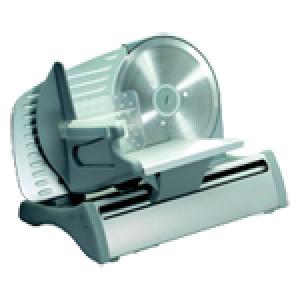Stand up, all victims of oppression

Classes. They have always existed among people. But there are still few who take them into consideration in ABAP. While being a supporter of classes in society can result in pedantry, the only class struggle in ABAP is that some fight for them to be used more. There are two types of classes: global and local. The global ones are created in the SE24 transaction. Local classes, which by the way I find myself using more and more, are done declaratively in SE38.








